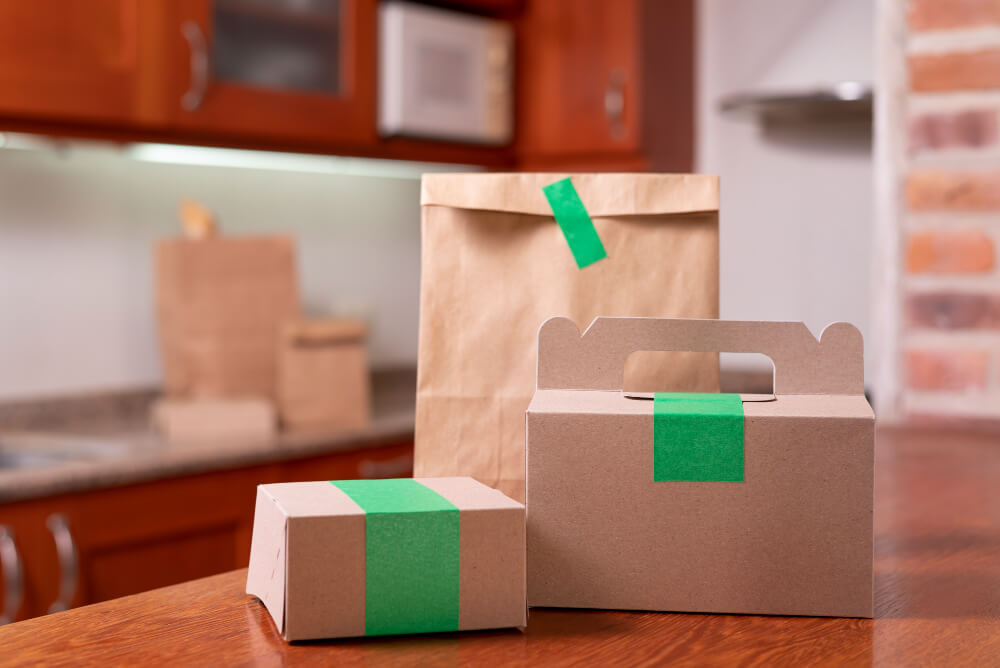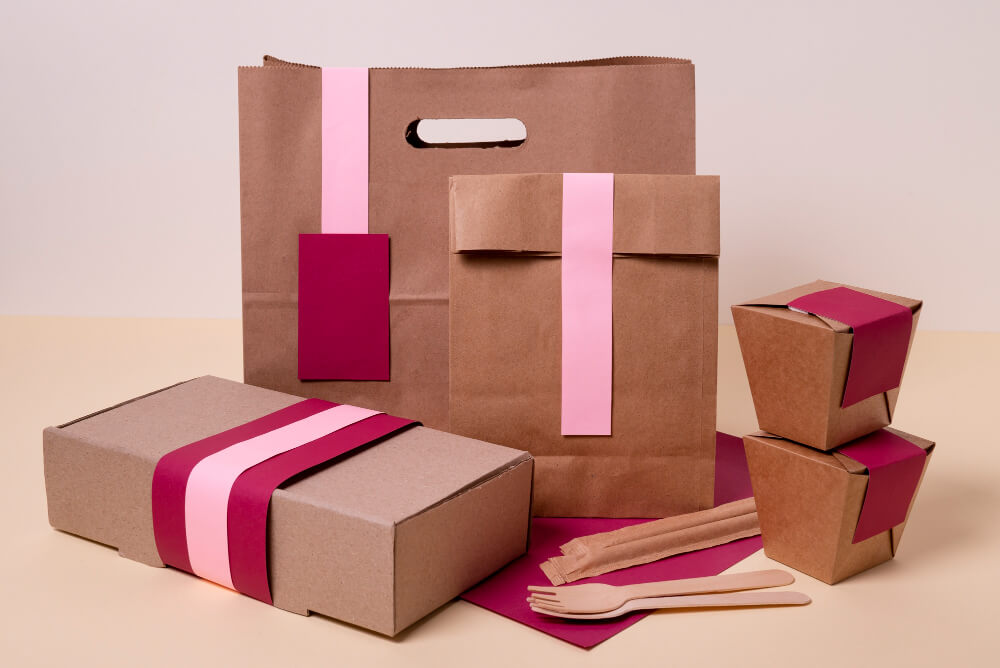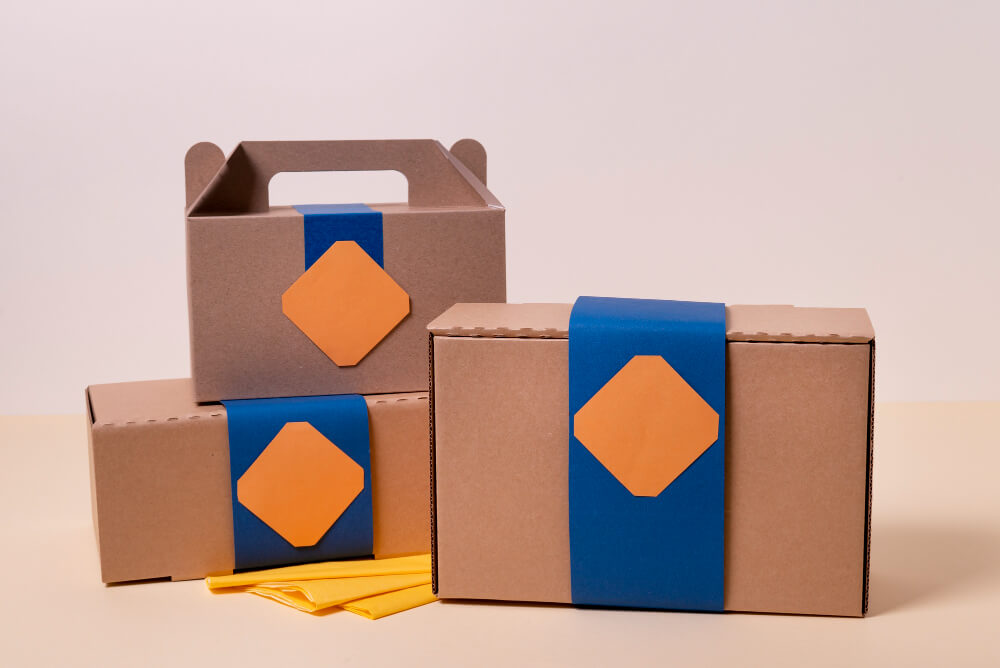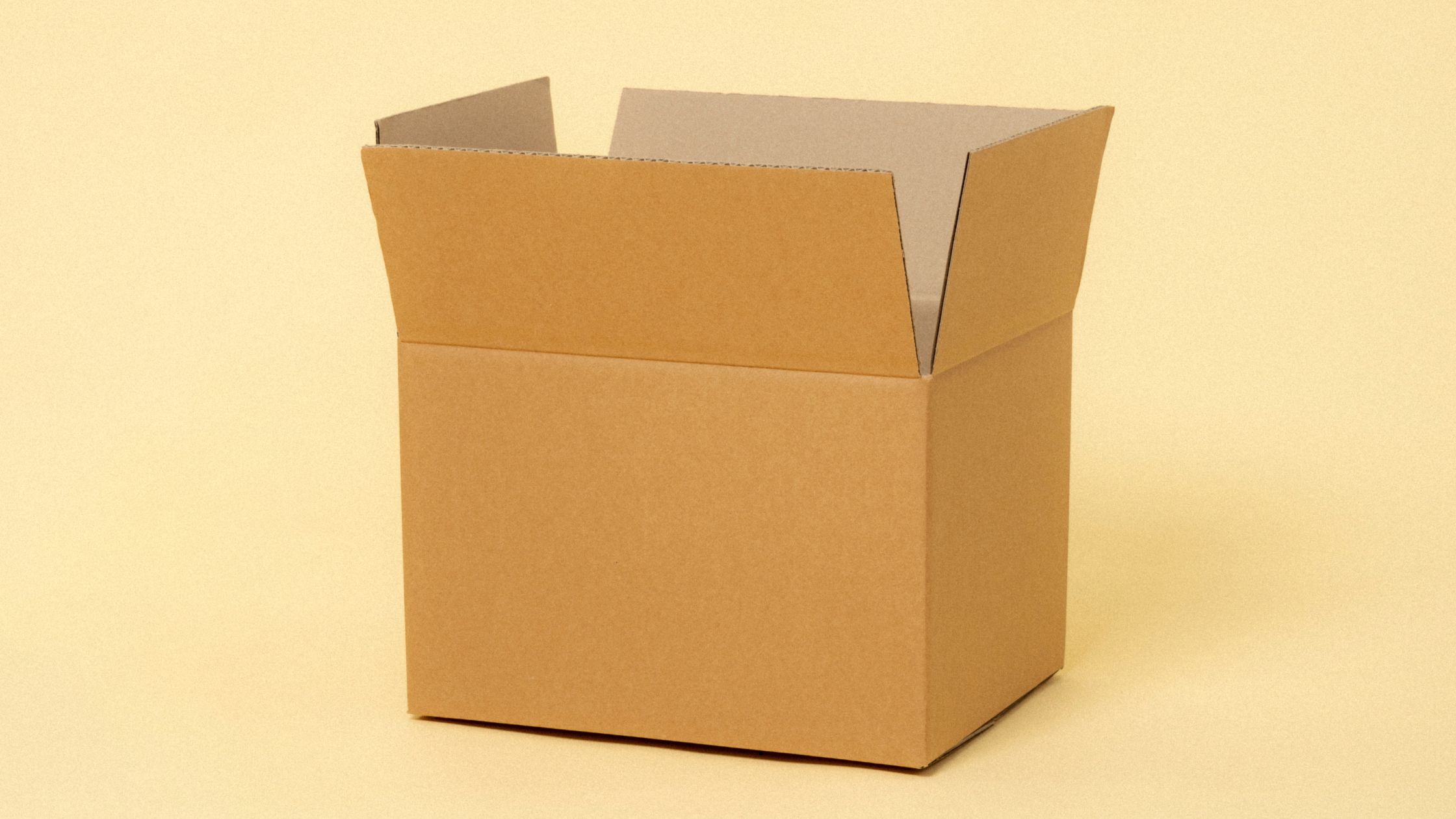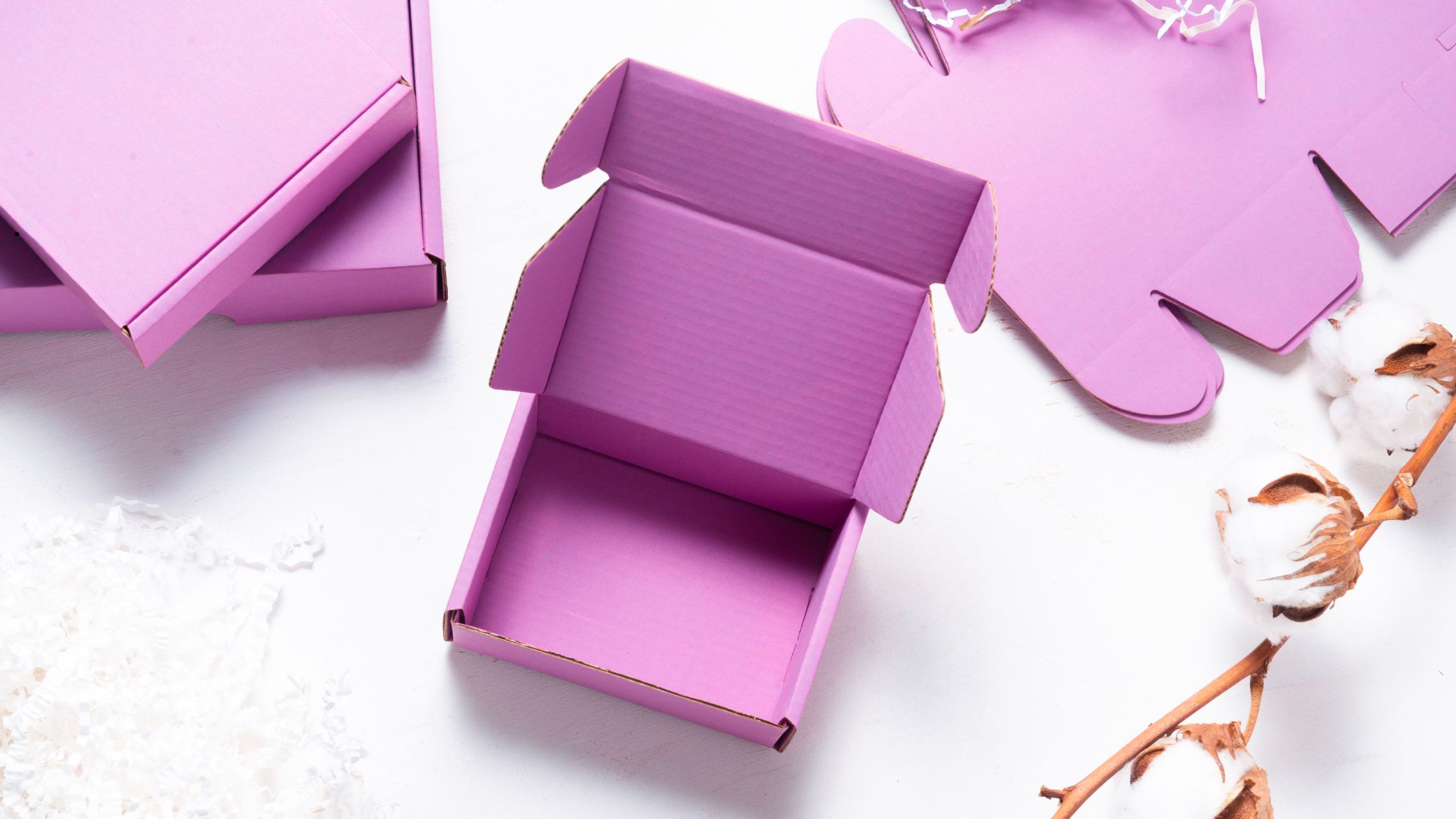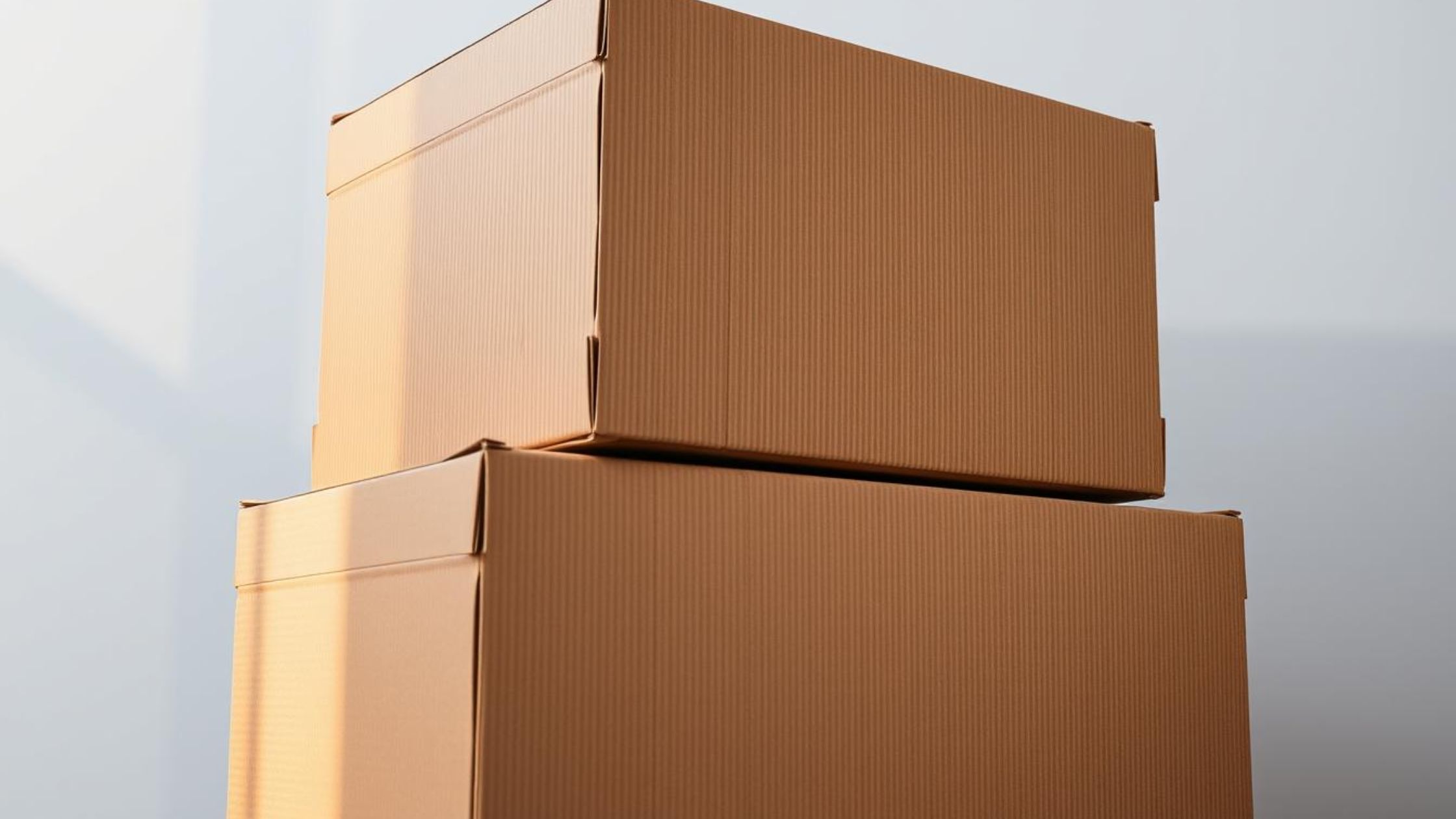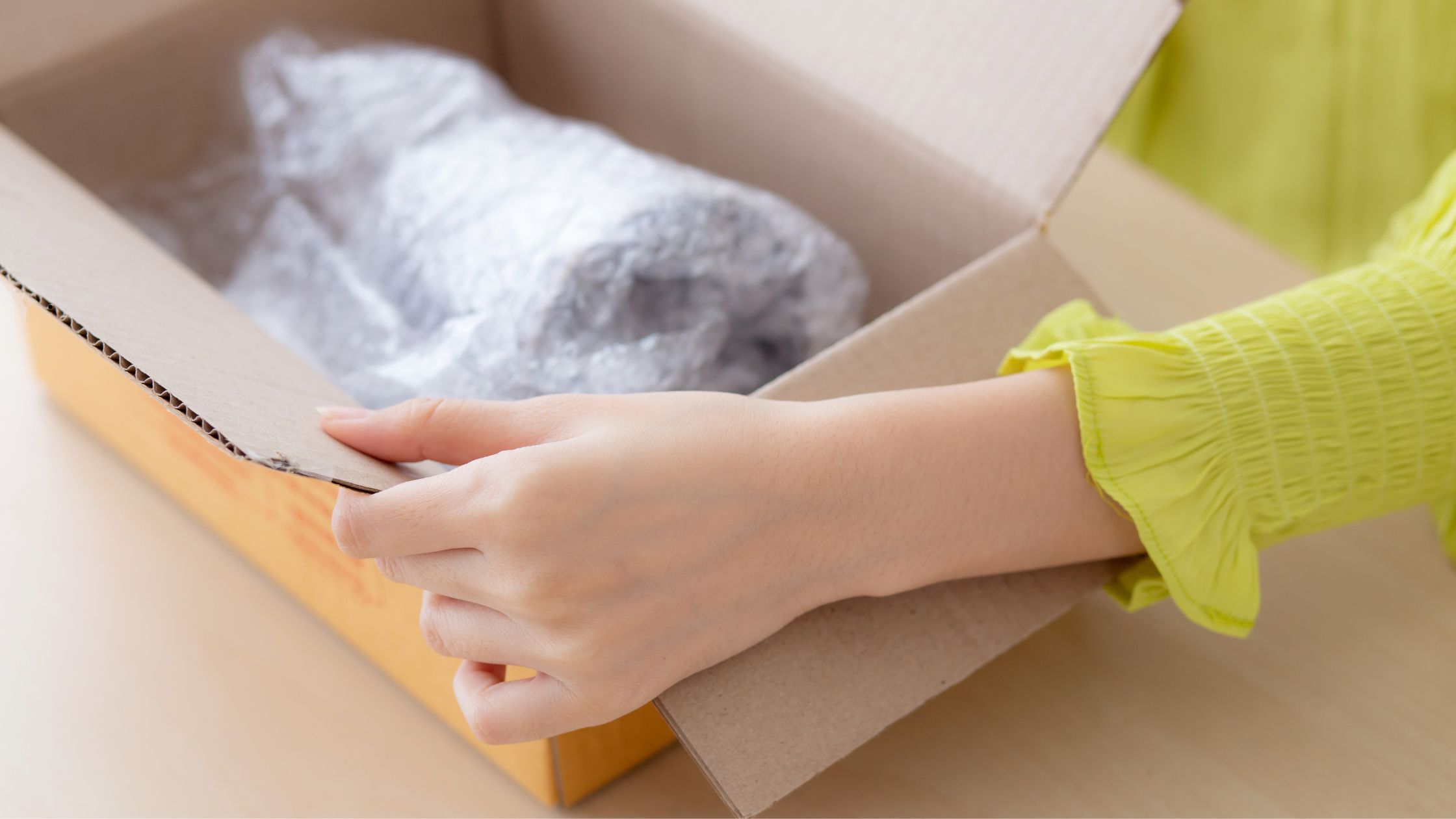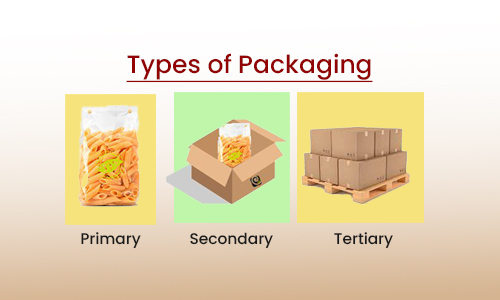
Types of Packaging: Primary, Secondary, and Tertiary
The most important part of selling is packaging. Branding and marketing is important for any business, and packaging can be an important factor in how consumers perceive your product.
Additionally, packaging also serves the role of protecting the actual product from damage and other issues that may arise during shipping or storage.

Types of Packaging
There are three categories of packaging:
- Primary packaging
- Secondary packaging
- Tertiary packaging
Primary Packaging
Primary packaging refers to the first packaging material that directly deals with the product and is also the smallest packaging material. Primary packaging is the consumer’s first visual encounter with the product in some scenarios, such as when displayed on supermarket shelves. This packaging type includes bulk cardboard boxes, shipping boxes, bulk corrugated boxes, and other relevant materials. Another example is the blister packets or plastic bags used by pharmaceutical companies to package medicines.
Primary packaging, such as custom shipping boxes, shell boxes, and cardboard boxes for logos can be created through specialty printing. Well-designed specialty packaging can attract customers, increase sales, and build brand recognition. Examples of special packaging include:
- Cardboard boxes with sealed edges to prevent cutting the contents of the bag, and plastic-wrapped items that do not fit inside the cardboard boxes.
- Shipping is done in wooden crates.
- Beverage companies have been using bottles to make beverages for over 100 years.
- A variety of foams for storing inventory and especially packaging after store purchase.
Secondary Packaging
Secondary packaging consists of a second tier of packaging applied to the primary covering of the product. It does not interact directly with the product, and its interaction with the user can be variable. By adding groups of individual primary containers, thus providing additional resistance to chewing and denting Corporations Secondary packaging primarily to prevent damage or breakdown, facilitate product integration, distribution, and handling, facilitate transportation, and manage product content, display, branding, and marketing.
Secondary packaging provides a protective layer of materials such as foam, bubble wrap, etc. Primary packaging protects against friction against each other. The use of a shipping box or cardboard box, in combination with attractive packaging, prevents breakage and movement of items during transportation and handling. It also facilitates the packaging of groups of items perfectly or unevenly attached effortlessly to a cardboard box or orange box. Use a sturdy shipping box, cardboard box, or plastic box to give the effect of a second stack. Secondary packaging may require compliance with shipping regulations including proper labeling, symbols, information labels, recycling signs, and country including derivative characters.
Secondary packaging increases visibility, thus helping to promote products. Necessary items such as mailboxes, mailboxes, or boxes help with presentation and brand placement. Secondary packaging allows consumers to identify the product within the primary packaging, all without direct contact with the product. It shows the actual value of the item in the special packaging. Consequently, if secondary packaging is striking, competitive, informative, interactive, colorful, attractive, and appealing, sales can increase.
Secondary packaging helps organize and assemble similar products in shipping containers, warehouses, manufacturing plants, retail stores, restaurants, and product sales. Companies use inventories, often called SKUs, for logistics, warehousing, and inventory management in mailboxes and shipping containers. And, the information printed on the boxes helps them manage and track their inventory.
Tertiary Packaging
Tertiary packaging, commonly referred to as transit packaging or bulk packaging, represents the outermost and largest third-order packaging. It is the total of the individual parts that make up the final product or deliverable. This requires careful grouping of products in primary and secondary packaging for convenience and convenience.
Tertiary packaging does not interact directly with consumers, acting as an alternative to secondary packaging. Goods are usually removed from these boxes before they reach the customer. It is primarily used by manufacturers and warehouses for shipping purposes. Tertiary packaging requires handling large volumes, maintaining adequate numbers of SKUs, and facilitating transportation from the distribution point to the point of sale. This makes it easy to transport heavy or bulky loads to their destination safely and securely. Used primarily by wholesalers, it is often unbranded, although it stores product information on the back for easy identification during loading, unloading, storing, and shipping, and reduces stress in the distribution cycle.
Tertiary packaging requires durable and robust materials for industrial packaging that can make the most of available storage capacity. Transport equation testing is used to reduce duplicate packaging breakage and spillage while promoting cost-effectiveness and sustainability. Thus, it enhances the management of waste services, resulting in fewer economic losses due to spoilage, diversion of freight, and wastage accidents.
To remain competitive, tertiary packaging needs to prioritize cost, innovative design, and, at a minimum, no branding, sustainability, tertiary packaging may require bulk shipping by rail, air, sea, or road.
Tertiary packaging is all the individual pieces that make up a product, including items like plastic bags, cardboard boxes, etc. It is often overlooked as part of the packaging but can have a huge impact on how consumers feel about your brand. Some examples of tertiary packaging that often go unnoticed but can have a huge impact on how consumers feel about your brand include plastic bags and cardboard boxes and it is always important to keep in mind as a cutting edge the tax is fair to the consumer. Together, these elements make up the final product, and it’s important to constantly focus on them and their impact on the customer experience.
Customizing Packaging to Industry Needs
Different companies have unique packaging requirements based on their product type, regulatory requirements, and customer expectations. Let’s explore how packaging evolves to suit different industries:
|
Industry |
Key Packaging Considerations |
Examples |
|
Food |
Food safety, shelf life extension, portion control, tamper evidence, visual appeal. |
Vacuum-sealed meat trays, resealable snack bags, microwavable meal containers, eco-friendly produce packaging. |
|
Beverages |
Container material (glass, plastic, aluminum), carbonation retention, portability, single-serve vs. bulk options. |
Bottles with twist-off caps, aluminum cans with pull tabs, aseptic cartons, multi-pack beverage carriers, and reusable water bottles. |
|
Health & Beauty |
Product protection, hygiene, premium aesthetic, convenience, sustainability |
Airless pump bottles for serums, tamper-evident seals on cosmetics, biodegradable packaging for shampoo bars, and reusable makeup compacts. |
|
Pharmaceuticals |
Child-resistant features, dosage accuracy, tamper evidence, regulatory compliance, and product information clarity. |
Blister packs for tablets, child-resistant prescription bottles, unit-dose packaging for hospitals, and Braille labeling on medication packages. |
|
Cannabis |
Child-resistant packaging, compliance with state regulations, dosage control, and product freshness preservation. |
Resealable mylar bags, child-resistant exit bags, pre-roll tubes, glass jars for flowers, and vape cartridges with tamper-evident seals. |
Packaging in the Food Industry
In the food industry, packaging plays an important role in ensuring safety, prolonging shelf life, and increasing product appeal. Materials such as vacuum-sealed plastic help prevent contamination, while resealable bottles provide convenience. Microwaveable containers cater to busy lifestyles, and environmentally friendly options such as biodegradable packaging solve consumer concerns about how it will be sustainable.
Beverage Packaging
Hand packaging balances functionality with aesthetics. Glass bottles can display high-quality wine, while aluminum bottles offer portability for on-the-go drinking. Aseptic-free bottles provide freshness without refrigeration, and reusable bottles cater to environmentalists. Packaging design plays a role in brand differentiation and customer engagement.
Health and Beauty
Health and beauty packaging combines beauty with practicality. Airless pump bottles protect delicate products and prevent contamination, while clear seal changes reassure users of product authenticity. Sustainable packaging, such as biodegradable packaging, is becoming increasingly popular, reflecting increasingly environmentally friendly features.
Pharmaceutical Packaging
Prioritize packaging safety and compliance. For many drugs, child-resistant packaging is essential, while blister packs and unit-dose packaging ensure accurate dosing and ease of use. Clear labeling of critical product information is critical to patient safety and compliance.
Cannabis Packaging
Cannabis packaging has to go through a complex set of regulations that appeal to consumers. Child-resistant packaging is generally mandatory, and for items such as food, quantity control is essential. Resealable bags help keep it fresh, and smartly chosen packaging caters to consumer preferences.
By understanding the specific needs of each industry, companies can create packaging solutions that protect their products, enhance their brand image, and resonate with their target audience,
Conclusion
The conclusion is that all types of packaging play an important role in the success of a brand. Primary packaging is necessary to prevent damage or other problems that may occur during transportation or storage. Secondary packaging includes the original box that was added to the product but is not as strong or protective as the primary packaging. Finally, tertiary packaging contains the individual pieces that make up the overall product.
Check Out Some of Our Featured Products
Article in this blog series:
C
F
H
P
T
W
#

